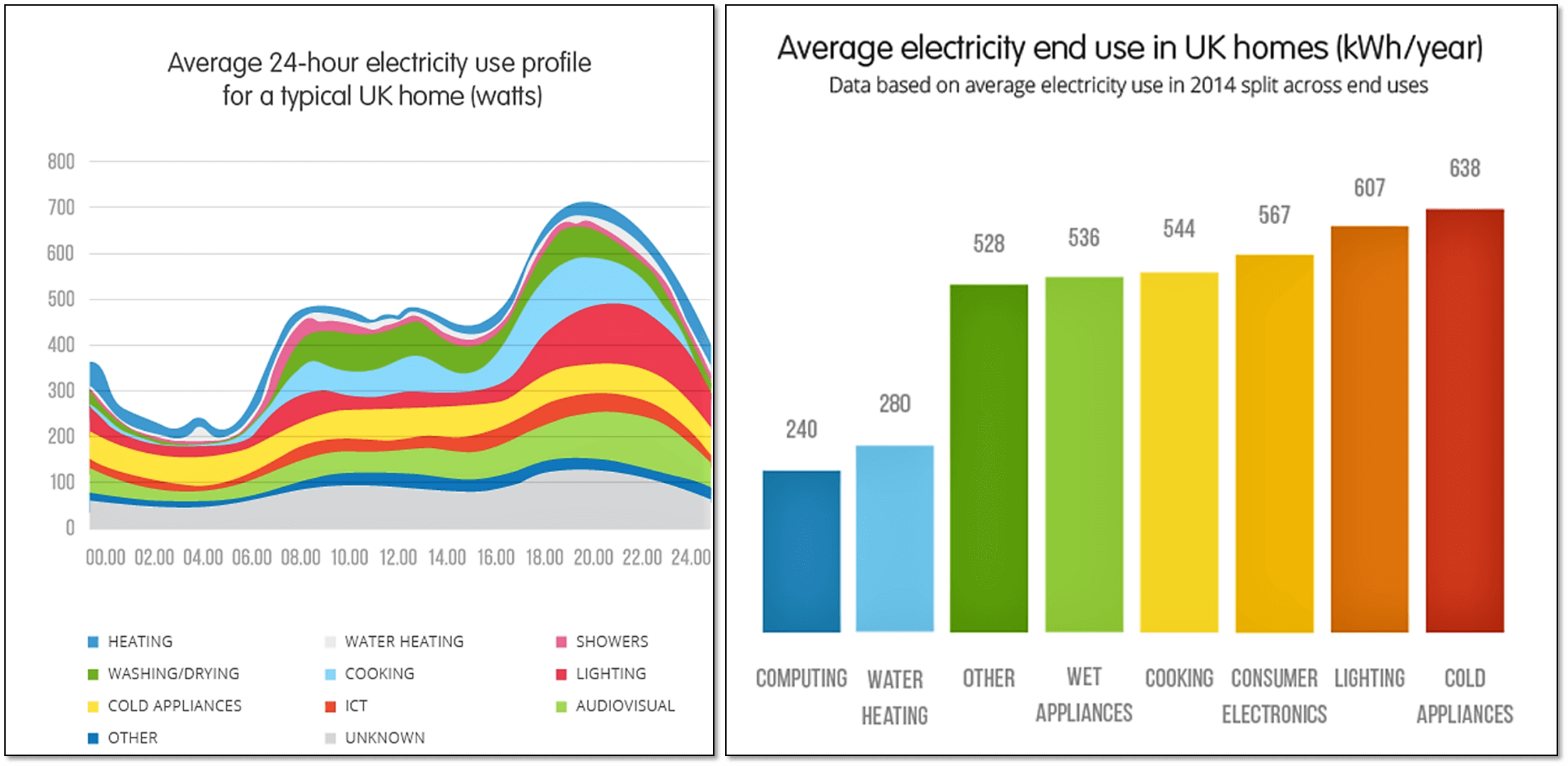Energy storage has remained a topic of interest for the last decade. But why is there a sudden need for energy storage? Finite amount of fossil fuels and environmental concerns have forced us to look for more renewable sources of energy. As the world has begun its slow transition from fossil fuels, it is important to emphasize that those fuels served dual functions. They were both energy source and medium for energy storage. Since most of the renewable energy sources are intermittent in nature, storage is useful, both for the times it is available, and not needed, as well as those times it is needed, but not available. Power network is facing great challenges in transmission and distribution to meet the demand, which is unpredictable due to seasonal and day to day variations(1).
According to an analyst at Boston-based Lux Research, energy storage services could be a $31.5-billion market globally by 2017.
There are many storage systems in use like hydro, mechanical, thermal, electrical, compressed air, rotating flywheels, hydrogen among many others. Depending on the medium of storage one can access the energy instantaneously or with a time delay. Electrical energy storage (EES) has been growing prominent at a fast pace thanks to this medium’s instant energy access. EES systems (e.g batteries) provide power on demand, but there is a great need for other efficient storage systems.
Though EES is growing in terms of its potential every day, I would like to give my point of view on EES. EES depends mostly on batteries for storage, and over the next decade many countries are heavily investing on battery storage systems. My concern lies in the fact that if half the people on the planet store their energy needs on batteries, the amount of non-disposable waste generated is massive. If the batteries of the future have a smaller impact on the environment, taking into account the lifecycle of such systems there is still hope on the matter. However given the nature of today’s batteries, their usage gives us clean, but not environmentally friendly energy.
How are we different from nature?
Nature does not depend entirely on energy storage. It employs multiple strategies for energy harvesting, conservation and storage. A bird is able to fly for hours without substance not only because it stored energy efficiently, but it’s a combination of lightweight, streamlined surface and stored energy. Whereas a heavy bear slows down its metabolism in order to conserve energy while hibernating hence using much less of the stored fat.
Us the other hand have an unpredictable energy demand and supply relation. Scientists are working on smart grid systems, efficient storage and conservation methods for bridging the gap in demand and supply. Hence, if we aim to have a better energy storage system, we have a better chance at it whilst focusing also on energy conservation. Another important aspect is to depend on multiple sources rather than the whole population of a city on a singular source. This ease’s the peak load in all kinds of energy-storage and generation systems.

Figure:1
The above graphs show in detail energy demand over the day and the amount consumed by various systems. Based on this data we can identify and focus on the sectors which have a high, but short term energy demand.
If there was a biomimetic way for solving energy storage, I will imagine it would be a combination of both large scale storage at district level and short-term storage at our homes. Much of the variation in power demand rises from our homes. Current storage systems like batteries are too expensive and don’t last long enough, pumped hydro is cheap, but not feasible for most locations and compressed air is cheap and scale able, but not efficient enough (2). In my view, Biomimetics provides a complex, but effective insight in energy storage. Given the fact that our energy demand is the most unpredictable at our homes, thanks to the ever growing need for electronic devices. One possibility would be to store short-term energy for our basic needs like heated water, power for small devices and locomotion at home.
To get a better understanding of energy usage in both our homes and globally, I would recommend the following.
Additional reading –
Time of the day dependence of energy demand
How much electricity does a home use?
Eurostat- Consumption of energy
While approaching the problem the biomimetic way, we need to embrace environmentally friendly storage systems and conservation methods at our homes. Lighting is clearly the one that stands out in terms of high energy consumption all around the world. Given that light is used extensively during evening hours after sunset and before going to sleep. A short-term storage which would locally store energy for this purpose would highly reduce the amount of central storage needed for the city.
Mechanical storage:
Mechanical energy storage has been in existence for decades. It is being used all over the world for both short and long terms. From pumped water to flywheels, the concepts of mechanical energy storage has been extensively explored. Short-term mechanical storage when used efficiently could power many small mechanisms at our homes. A simple example would be to use such a system on a garage door, this though might seem small, but when done at every garage can have a huge effect on the central grid.
Some of the promising technologies which could facilitate such an approach from my point of view are discussed below.
Flywheel storage:
Flywheels have been used for short term energy storage for last few decades. In terms of efficiency, maintenance and most importantly only short term storage were hindering its growth. That is going to change soon according to the Scientific American. Silicon Valley inventor Bill Gray has a new flywheel design that would deliver distributed and highly scalable storage for around $1,333 a kilowatt (2). It can also release energy at a slower rate in comparison to earlier systems. This means it can compete with other prominent storage systems like compressed air and hydro power. The project aims at efficiency in excess of 80 percent.
New Flywheel Raises Hopes for Energy Storage
Mechanical light:
One of most interesting power on demand device in the last few year’s is gravity light. It uses a weight suspended from a height and drops down slowly releasing energy.
This system apart from the manufacturing leaves a minimal carbon footprint. One might say this system is not practical to be employed everywhere! I would agree that in spaces like an office this contraption would seem a bit bizarre. However such inventions lead the way to systems and devices providing us energy which can be stored and is environmentally friendly.
In my opinion there is no one way to solve our energy storage system. A combination of clean energy devices, efficient energy conservation and long-term storage systems is needed.
Thank you for reading and please share your thoughts with us 🙂
References:
- Siegel, RP (2017): „The Pros and Cons of Energy Storage Systems“. Triple Pundit: People, Planet, Profit. Abgerufen am 04. 2017 von http://www.triplepundit.com/special/energy-options-pros-and-cons/energy-storage-systems-pros-cons/.
- Nelder, C. (2017).Turn Up the Juice: New Flywheel Raises Hopes for Energy Storage Breakthrough. Scientific American. Retrieved 7 May 2017, from https://www.scientificamerican.com/article/new-flywheel-design
Figures:
-
How much electricity does a home use? | OVO Energy. (2017). Ovoenergy.com. Retrieved 7 May 2017, from https://www.ovoenergy.com/guides/energy-guides/how-much-electricity-does-a-home-use.html
- Featured image: I’m In Print!. (2015). nwinstead. Retrieved 7 May 2017, from https://nwinstead.com/2015/07/15/im-in-print/



